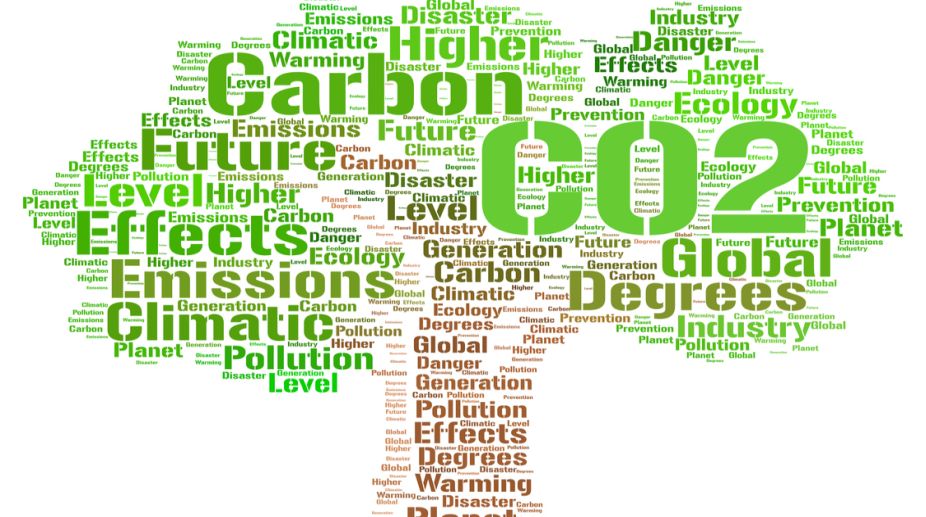Asia hit hardest by climate, weather disasters in 2023: UN
According to the report, in India, severe heatwaves in April and June resulted in about 110 reported fatalities due to heatstroke.

(Photo: Getty Images)
The data advanced by the Netherlands Environmental Assessment Agency (NEAA) a little over two months before the Paris conference on climate-change in December is suitably reassuring from the perspective of global warming. Chiefly, global emissions of carbon dioxide ~ which warms the climate ~ remained static in 2016.
This must be reckoned to be a salutary development in the battle against the rising trend in global warming.
Having said that, the downward curve ought not to occasion complacency, still less the tendency to debunk the phenomenon in the manner of Donald Trump… almost as a matter of state policy. The report is particularly significant for India. Declining or static carbon emissions were noticed in all the biggest emitting nations, save India and Indonesia.
Advertisement
Thursday’s report has attributed the fall to less burning of coal in parallel with the increasing use of renewable energy. The rising rate of CO2 emissions in India would suggest that the country has failed on both counts. Regretfully, science hasn’t backed up to the right degree the government’s occasional signal on environmental cleansing.
There have been too many slogans and platitudes (notably Swacch Bharat Abhiyan and Clean Ganga), far too little of tangible action on the ground. The comity of nations must reflect on the warning advanced by scientists while releasing the report.
In order to realise the objectives of the Paris agreement and hold the increase in global average temperature to well below 2 deg C, the world must reach peak emissions as soon as possible and then achieve a rapid decline soon afterwards.
The findings of the NEAA report show that there is “a real opportunity to get on track,” to quote the climate economist, Prof Lord Nicholas Stern of the London School of Economics and president of the British Academy. That said, the report has cautioned that there is no guarantee that CO2 emissions will from now on be flat or descending. For example, a rise in gas prices could see the resumption of more coal being burned in the US, if not certainly other countries as well.
While many of the major emitting nations had achieved significant reductions in 2016, it is imperative for all countries to accelerate their emissions reduction if the Paris goals are to be met. This could also spur development in poorer nations. On a parity of reasoning, the transition to a lowcarbon economy is pivotal to the reduction of poverty and the fulfilment of the UN’s Sustainable Development Goals.
In July 2016, China’s huge coal burning had peaked, marking a historic turning point in efforts to tame climate change by one of the world’s principal polluters.
At another remove, India’s CO2 emissions rose by 4.7 per cent ~ the highest among the other five top emitters, notably Indonesia, Malaysia, the Philippines, Turkey and Ukraine.
Advertisement